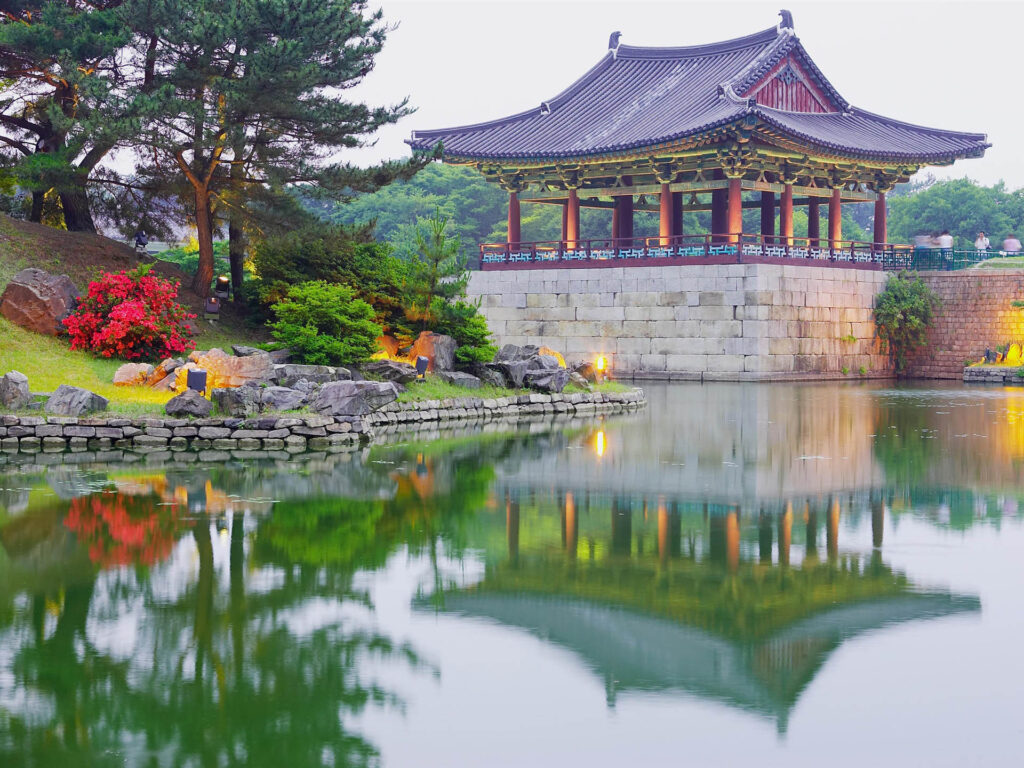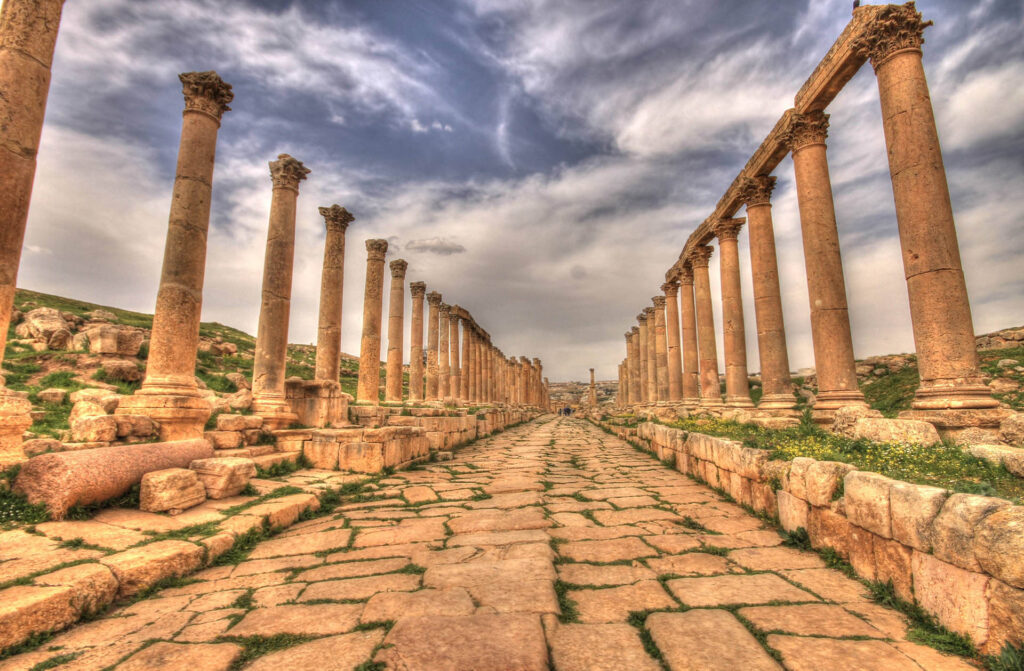Introduction
Perched majestically on the European shores of the Bosphorus Strait, the Rumeli Fortress (Rumeli Hisarı) stands as a powerful symbol of the Ottoman Empire’s might and strategic brilliance. This imposing fortification, with its towering walls and intricate architectural details, has witnessed the ebb and flow of history, serving as a formidable defense against invading forces and a testament to the empire’s unwavering determination.
A Brief History
The construction of the Rumeli Fortress was commissioned by Sultan Mehmed II in 1452, just two years before the fall of Constantinople. The fortress was strategically located at a narrow point on the Bosphorus, allowing the Ottomans to control the vital waterway and cut off the Byzantine capital’s access to the Black Sea. This audacious move set the stage for the final conquest of Constantinople in 1453, ushering in a new era of Ottoman dominance in the region.
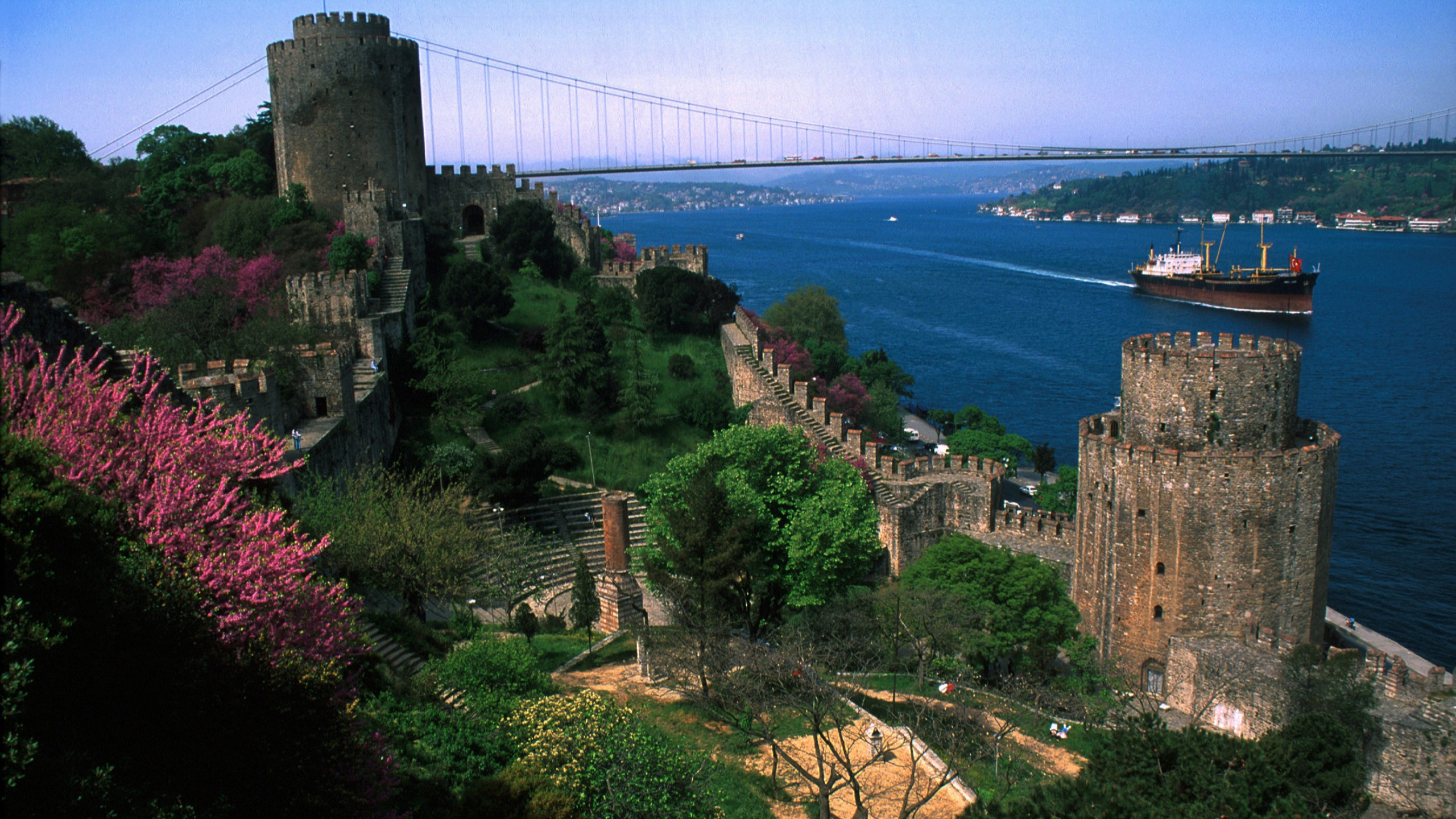
Rumeli Fortress: Istanbul’s Mighty Sentinel on the Bosphorus
Architectural Marvel
Fortifications and Design
The Rumeli Fortress is a marvel of Ottoman military architecture, with its imposing walls and towers designed to withstand the most formidable attacks. The fortress’s main structure is a triangular shape, with three massive towers at each corner, each standing at an impressive height of over 25 meters (82 feet).
The fortress’s walls, constructed with locally quarried stone, are remarkably thick and sturdy, measuring up to 7 meters (23 feet) in width at the base. These walls are punctuated by numerous loopholes and embrasures, allowing archers and cannons to defend the fortress from multiple angles.
The Inner Courtyard
Step inside the fortress, and you’ll find yourself in a vast inner courtyard, a remarkable space that served as the heart of the complex. This courtyard was designed to accommodate a substantial garrison, with various structures and facilities to support daily life and military operations.
One of the most notable features within the courtyard is the mosque, a testament to the Ottoman’s deep-rooted religious faith and their belief in the divine blessing of their conquests. The mosque’s intricate architectural details, including its graceful arches and ornate tilework, stand in stark contrast to the fortress’s rugged exterior, showcasing the empire’s appreciation for both strength and beauty.
The Bosphorus View
Perhaps the most captivating aspect of the Rumeli Fortress is its breathtaking view of the Bosphorus Strait. From the fortress’s walls and towers, visitors can gaze upon the majestic waterway that once served as a vital strategic and commercial lifeline for the Ottoman Empire.
The panoramic vistas of the Bosphorus, framed by the iconic silhouettes of Istanbul’s iconic landmarks, such as the Hagia Sophia and the Blue Mosque, offer a mesmerizing blend of history, natural beauty, and urban splendor. It’s easy to imagine the sentries keeping a watchful eye over the strait, vigilantly guarding the empire’s interests and marveling at the grandeur of their surroundings.
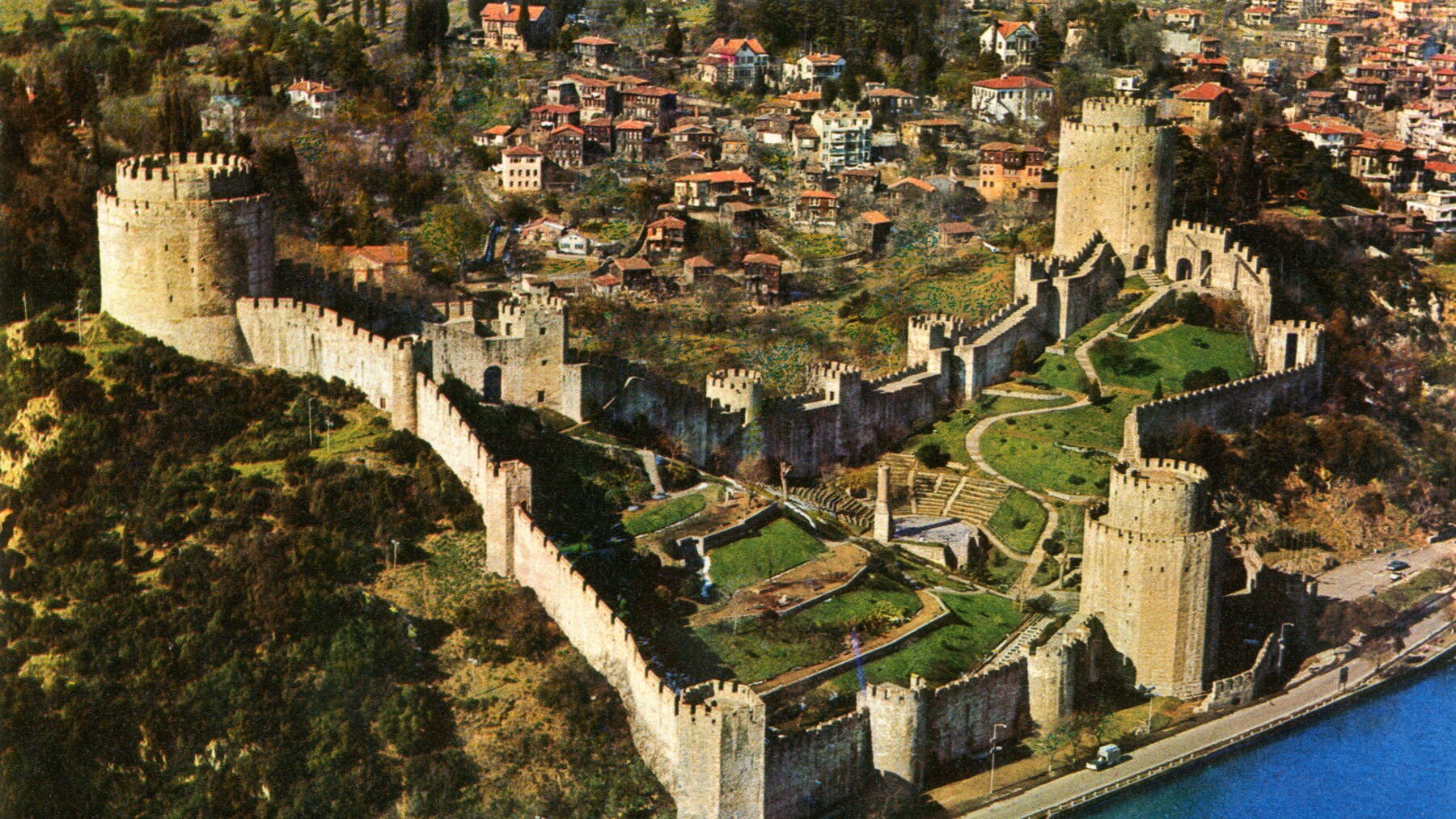
Rumeli Fortress: Istanbul’s Mighty Sentinel on the Bosphorus
Significance and Legacy
A Symbol of Ottoman Power
The Rumeli Fortress stands as a powerful symbol of the Ottoman Empire’s military might and strategic prowess. Its construction was a bold statement of intent, a challenge to the waning power of the Byzantine Empire, and a harbinger of the Ottoman’s unstoppable rise to dominance in the region.
The fortress’s strategic location and formidable defenses played a crucial role in the Ottoman conquest of Constantinople, forever altering the course of history and ushering in a new era of Ottoman rule that would shape the region for centuries to come.
A Testament to Engineering Ingenuity
Beyond its military significance, the Rumeli Fortress is a testament to the engineering ingenuity and architectural skill of the Ottoman Empire. The fortress’s construction was a monumental undertaking, requiring the coordination of vast resources, skilled labor, and innovative techniques.
The fortress’s intricate design, with its carefully calculated angles and fortifications, showcases the Ottoman’s mastery of defensive architecture and their ability to adapt to the unique challenges posed by the Bosphorus terrain. This engineering marvel continues to inspire awe and admiration among architects, historians, and visitors alike.
A Cultural and Historical Landmark
Today, the Rumeli Fortress stands as a cultural and historical landmark, attracting visitors from around the world who seek to immerse themselves in the rich tapestry of Istanbul’s past. The fortress has been meticulously preserved, with ongoing restoration efforts ensuring that its architectural wonders and historical significance are preserved for future generations.
Visitors can explore the fortress’s grounds, climb its towering walls, and imagine themselves back in the days of Ottoman glory, witnessing the pageantry of military parades and the bustling activity of a thriving garrison. The fortress has also become a popular venue for cultural events, concerts, and exhibitions, adding a contemporary layer to its storied history.
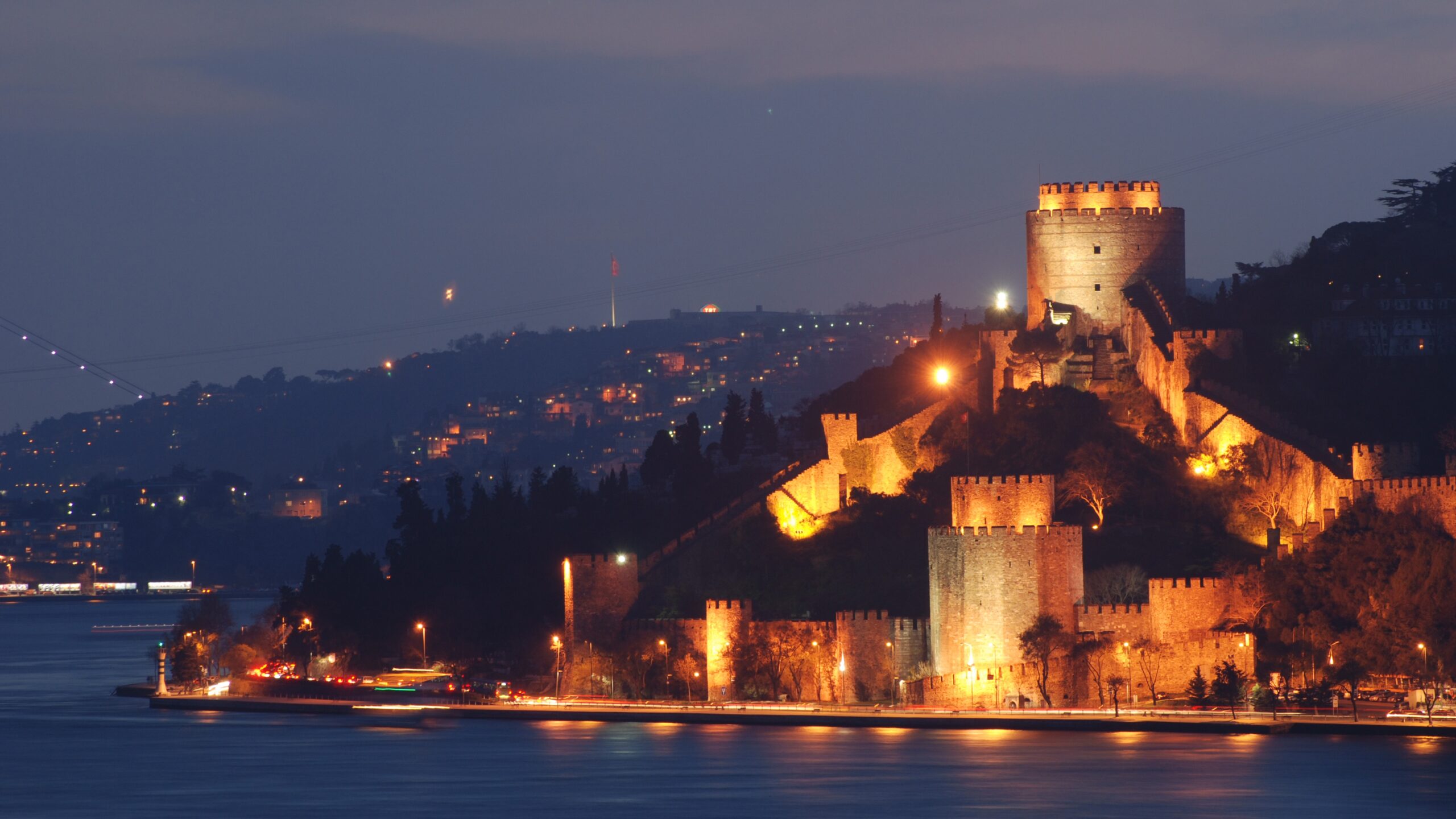
Rumeli Fortress: Istanbul’s Mighty Sentinel on the Bosphorus
Visiting the Rumeli Fortress
Planning Your Visit
Visiting the Rumeli Fortress is a must-do activity for anyone exploring Istanbul’s rich cultural heritage. The fortress is open daily, with varying hours throughout the year. It’s advisable to purchase your tickets in advance to avoid long queues and secure a convenient entry time.
Guided Tours
While exploring the fortress on your own can be a rewarding experience, consider joining a guided tour for a more immersive and informative visit. Knowledgeable guides will share fascinating stories and insights about the fortress’s history, architectural details, and the significance of its role in the Ottoman conquest of Constantinople.
Nearby Attractions
After your visit to the Rumeli Fortress, take the opportunity to explore the surrounding area, which is rich in cultural and historical attractions. Stroll along the Bosphorus shores, visit the nearby Bebek neighborhood, known for its charming cafes and vibrant nightlife, or venture to the iconic Fatih Sultan Mehmet Bridge, offering breathtaking views of the city skyline and the Bosphorus Strait.
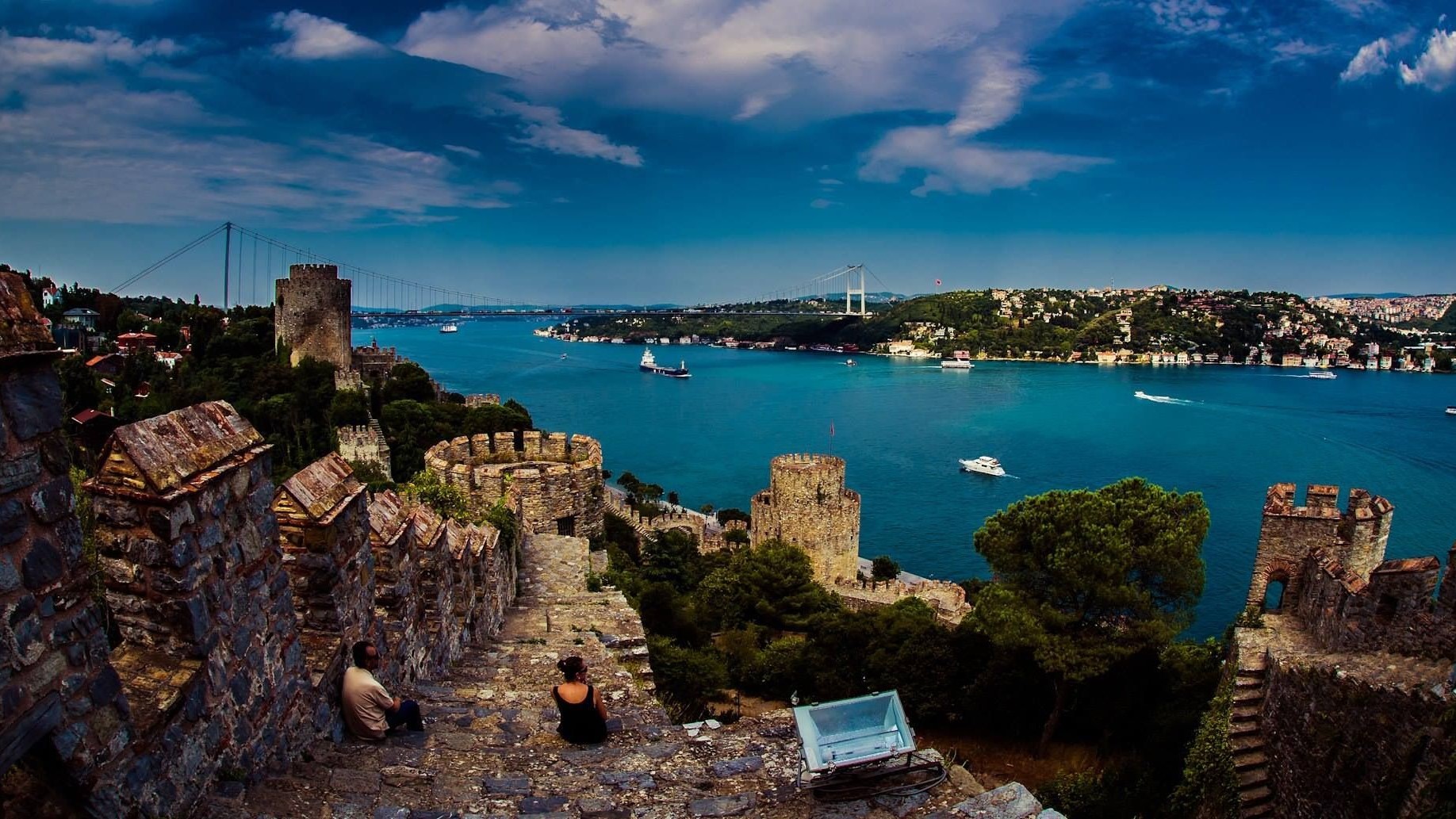
Rumeli Fortress: Istanbul’s Mighty Sentinel on the Bosphorus
Conclusion
The Rumeli Fortress is a true jewel of Istanbul, a powerful reminder of the Ottoman Empire’s military prowess and strategic brilliance. This imposing fortification, with its towering walls, intricate architectural details, and commanding presence on the Bosphorus Strait, transports visitors through the annals of history, offering a glimpse into a time when empires clashed and the fate of civilizations hung in the balance. Whether you’re a history buff, an architecture enthusiast, or simply someone who appreciates the grandeur of human ingenuity, the Rumeli Fortress is a must-visit destination that will leave you in awe and with a deeper appreciation for the rich tapestry of Istanbul’s past.
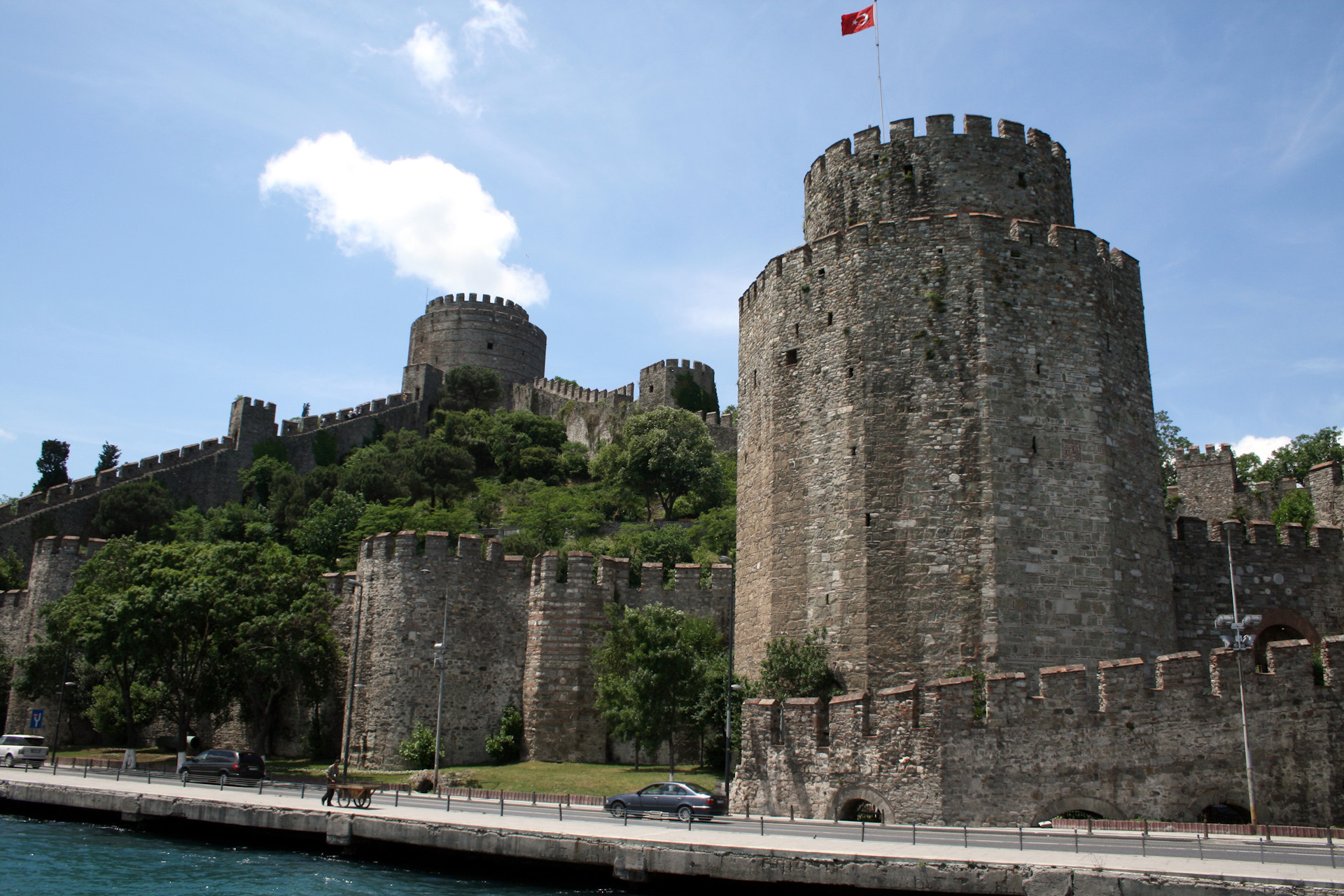
Rumeli Fortress: Istanbul’s Mighty Sentinel on the Bosphorus








